The Swazi or Swati people are a Bantu ethnic group who have their own sovereign kingdom in Southern Africa. One way that different cultures set themselves apart is through their traditional attire, which is also reflective of the culture’s values and beliefs.
Swati traditional attire for woman and men is called Emahiy. It is not only physically beautiful but also contains significant meaning. Contrary to popular belief, not all African traditional clothing is identical for every ethnic group. Explore dresses below👇🏾
In fact, many items of clothing are only meant to be worn by a specific ethnicity or country. This is especially true for the Swazi people, who treasure their traditional garments. Read on to learn more.
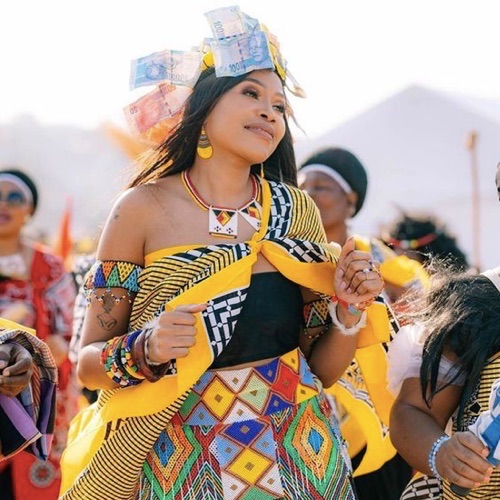
Types of Swazi Traditional Dresses
Swazis occasionally dress in traditional or contemporary attire for special occasions. It’s also common to see royalty and other high-profile individuals wearing it.
There has been a resurgence of interest in traditional Swazi traditional dress in recent years, and it is now fashionable among all ages.
Modern Swazi Traditional Dresses
Swati traditional attire for woman consists of a brightly-coloured dress called a “bodice,” which is worn over a white blouse. Both the men’s and women’s clothes are completed with a colourful headdress. Below you’ll find pictures of a wide array of traditional women’s swati attire.
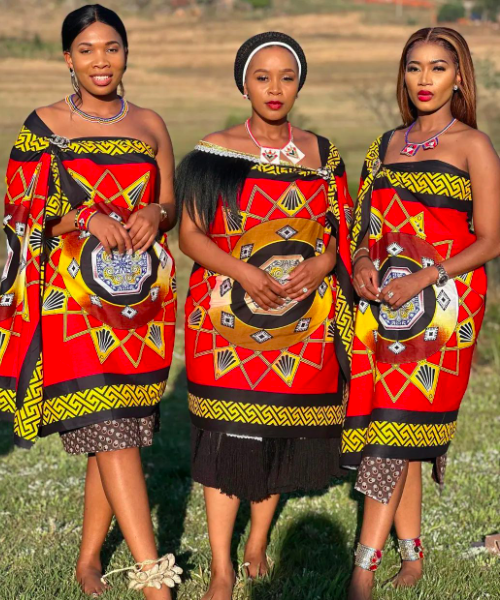

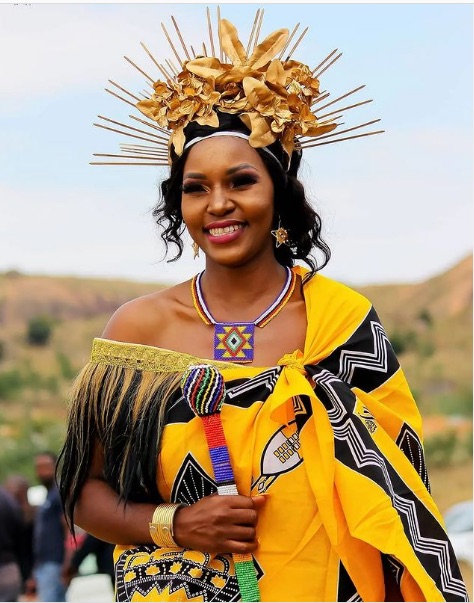

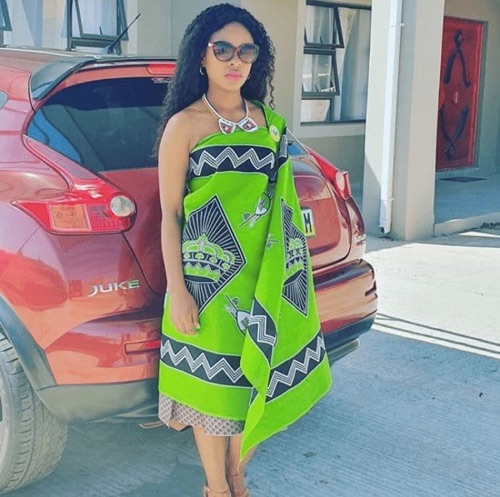

Modern Swazi Traditional Wedding Dresses
Weddings and other important events are accentuated with a variety of decorations. The Ab emajobo (leather apron), Oumgaco (ties), ligcebesha (neckband), and sagibo (walking stick) all form part of the Swati wedding attire. Below you’ll find an assortment of modern Swazi traditional wedding dresses.
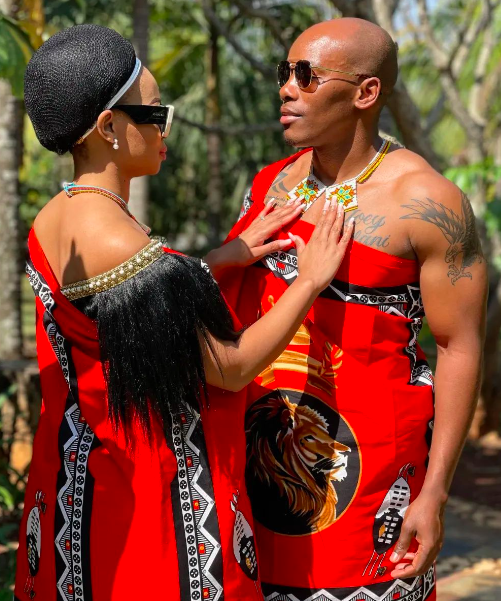
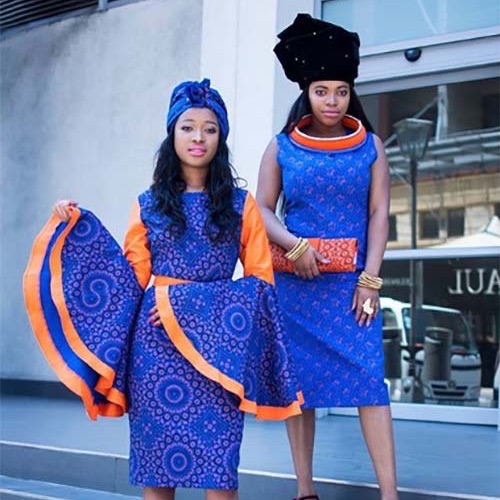
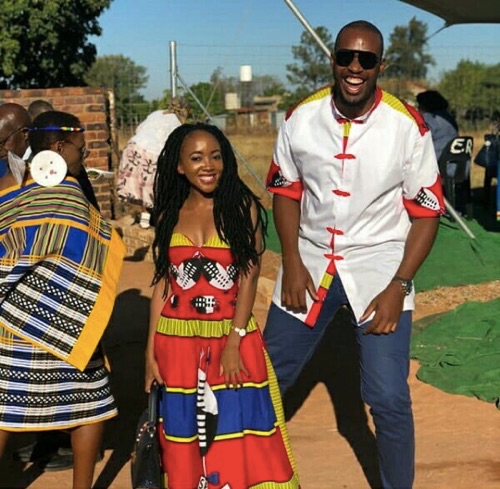
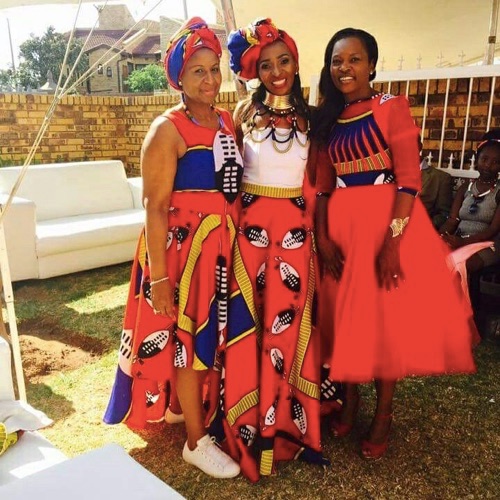
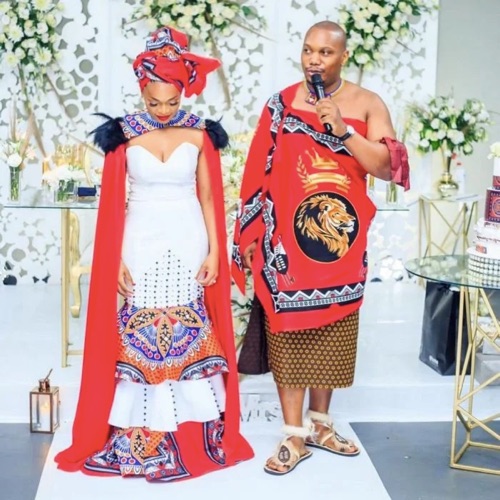
Swati Ethnography
Let’s explore the Swazi ethnography. This involves taking a deep dive into the people, culture and customs of the Swati.
Swazi History
Emaswati are descended from Nguni-speaking people who moved from north East Africa to south-east Africa in the fifteenth century and subsequently settled there. They advanced into southern Mozambique and, later, into the area now known as Eswatini, which was at that time inhabited by San peoples.
The term bakaNgwane (“Ngwane’s people”) is still commonly used to refer to the Swati people, who are predominantly of Nguni descent. However, some Swatis also come from Sotho clans who have long inhabited Eswatini.
The Swati people crossed the Limpopo River in order to expand southward and settled in Tongaland near Maputo over 500 years ago.
The Ngwane people are believed to have migrated into present-day Eswatini around the year 1600. Following a leadership transition in 1750, settlement was established along the Pongola River, which cuts through the Lubombo Mountains.
The Shiselweni people expanded south and west into a region on the Pongola River that was adjacent to the Ndwandwe tribe. Later, they encroached on an area on the Pongola River near the Ndwandwe people. Ngwane III was Dlamini III’s successor. He ruled from around 1745 until 1780 at Shiselweni in Eswatini.
Swazi Monarchy
During 1815, Sobhuza I ascended to the throne of Eswatini and was responsible for nationalizing Swati power in the country’s center. The Swati people continued their expansionist policies by subduing numerous minor Sotho and Nguni-speaking peoples to form Eswatini, a huge composite nation.
Sobhuza I reigned during the Mfecane. Under his leadership, the Nguni and Sotho peoples as well as remnant San groups were integrated into the Swati nation. The present boundaries of Eswatini were fully under Dlamini kingship by the end of his rule .
In the late 1830s, representatives from the Swati nation had their first interactions with Boers, who’d recently won a major victory against the Zulus at the Battle of Blood River. The Boers were in the process of claiming land that would eventually become known as South African Republic. In 1840s, a large section of Swazi territory was given to Transvaal Boers who’d settled near Lydenburg.
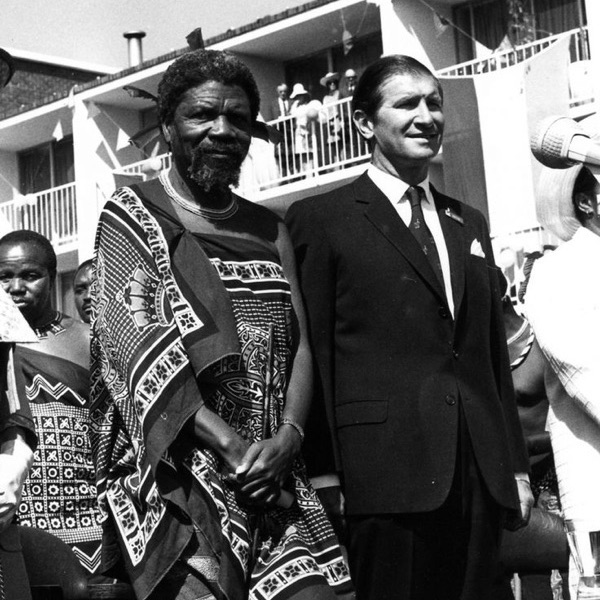
During Colonial Times
Both the Transvaal and Britain recognized Eswatini, which is the country’s king, Mswati II, and its borders. The Swati people were unified during the reign of Mswati II. Subsequently, all those peoples who pledged allegiance to Ingenieurwa Imbo became known as Swatizis.
During the reign of Mbandzeni, many commercial, agricultural, and mineral concessions were given to British and Boer farmers. This action resulted in more Eswatini land being lost to the South African Republic. As a result, a large Swati population was forced to relocate outside of Eswatini in South Africa.
In 1881, the Pretoria Convention for the Settlement of the Transvaal recognized Eswatini’s independence and established its borders. The Ngwenyama was not a signatory, and Swazis maintain that their territory extends in all directions from the modern state. In 1903, Britain claimed jurisdiction over Eswatini, and it was regained in 1968 after a 36-year struggle for independence.
In the Modern Day
Today, Swati people can be found in both Eswatini and South Africa. People of Swati heritage in South Africa may typically be recognized by speaking SiSwati, a variant of the language spoken there. There are also many Swati immigrants living in South Africa and the United Kingdom.
There are more EmaSwati in South Africa than there are in Eswatini, which has a population of around 1.2 million people. In today’s Eswatini, Swati people refers to all citizens regardless of their ethnicity.
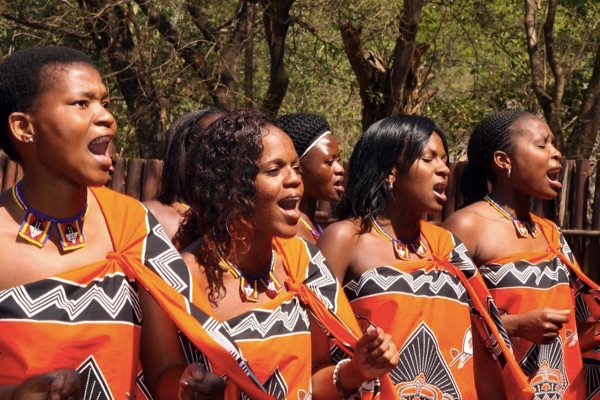
Swazi Language
The Xhosa people, who are part of the Nguni-language speaking peoples whose origins may be traced through archaeology to East Africa, where comparable traditions, beliefs and cultural practices have been discovered.
Swati Customs
Dance and singing, particularly praise-singing, are common in Swazi culture. Little craftsmanship was practiced. Traditional marriage in Swaziland is called umtsimba and is generally held on a Saturday during the dry season (June to August). On Friday evening, the bride and her family travel to the groom’s home.
On Saturday morning, the bridal party sits near a river and eats goat or cow meat offered by the groom’s family. In the afternoon, they dance in the groom’s homestead.
On Sunday morning, the bride, with her female relatives, enters the kraal of the groom and hits the ground with a spear. Later, she is smeared in red ochre.
The smearing is one of the high points of marriage: no woman can be smeared twice. Bride presents gifts to husband and his relatives. Umhlanga is a cultural event in Eswatini held in August/September for young unmarried girls to pay homage to the Ndlovukati.
The Incwala ceremony is a Swazi cultural event that takes place in December or January, depending on the phases of the moon. Also known as the “First Fruits” ceremony, this event marks the King’s tasting of the new harvest.
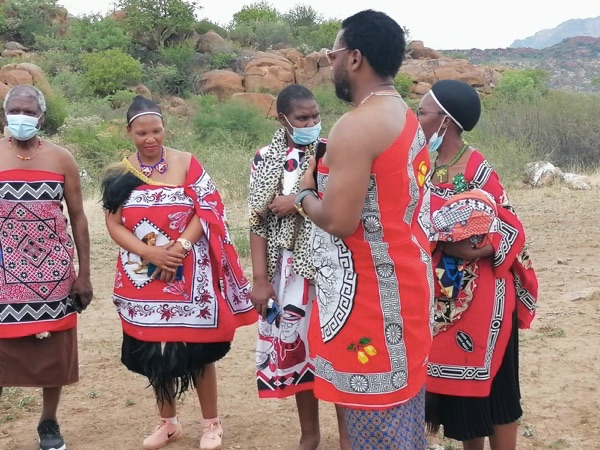
Swazi Religion
Although Swaziland is a Christian country, it has retained its indigenous religion, which includes a supreme God/creator and ancestors. The Swazi people worship Mvelincanti (he who was there from the start).
Swazis often times mix modern day Christianity, which was brought over by missionaries, with their ancient spiritual belief system.
And many still practice those original traditions today. There are specific family rituals that take place during important life events like birth, death and marriage.




Hello! My name is Tshego, I will like to hire a Swazi traditional attire for makoti, with yellow and white around Pretoria.
Good day want to order the red and gold one
Unfortunately we don’t sell these dresses
good day where can i get this gold and red one material .
good afternoon i like to know where can i get this gold and red material i really like it for the traditional wedding .
Regards